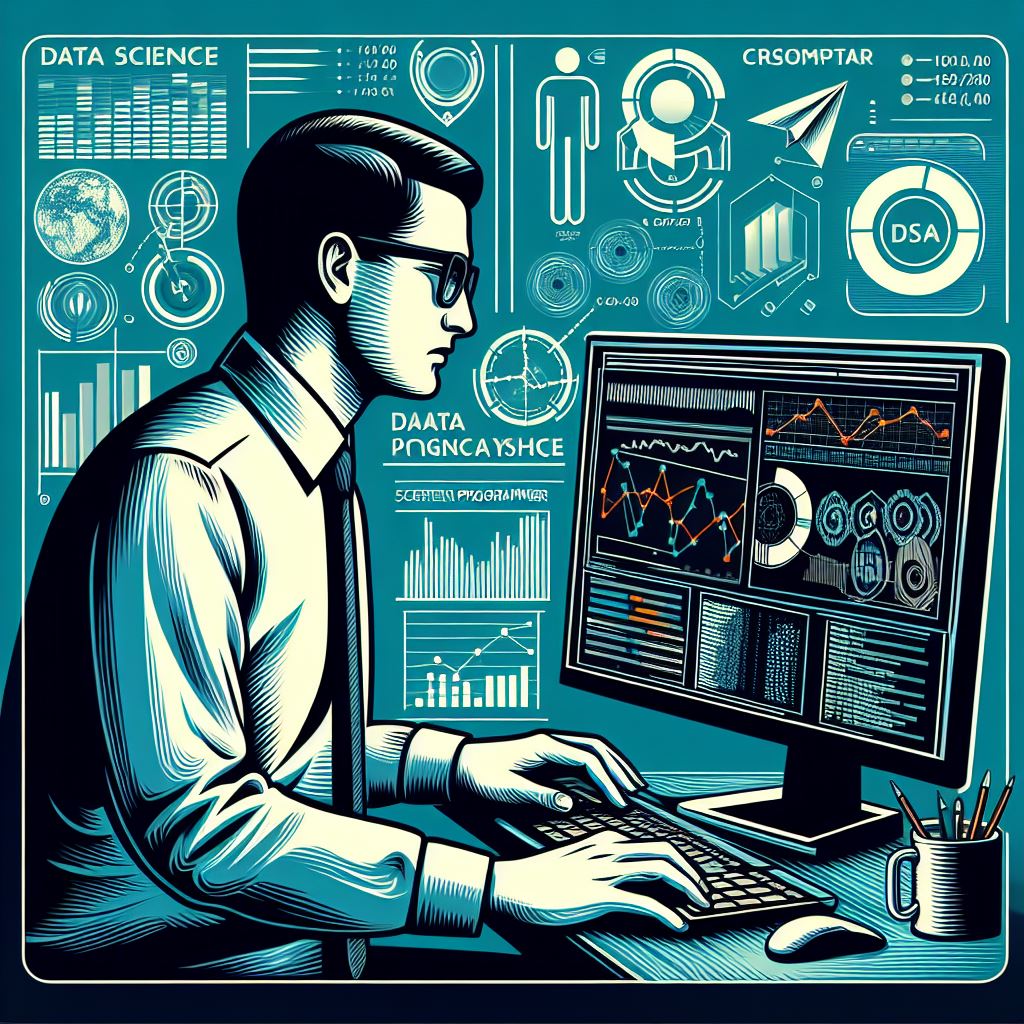Computer vision is one of the most groundbreaking technologies in the field of artificial intelligence (AI). It allows machines to interpret and understand the visual world, mimicking human sight. By processing images and videos, computer vision systems enable machines to perform tasks that traditionally required human intelligence, such as recognizing objects, identifying faces, and understanding scenes. This powerful technology is transforming industries across the globe, from healthcare to autonomous vehicles, and driving innovation at an unprecedented rate.
At its core, computer vision relies on algorithms and machine learning models to analyze and interpret visual data. Through the use of deep learning techniques, these systems can recognize patterns, classify objects, and make predictions based on visual inputs. By leveraging vast amounts of data, computer vision systems can continuously improve their performance, making them increasingly accurate and efficient over time.
One of the most significant applications of computer vision is in the healthcare industry. Medical imaging technologies, such as CT scans, MRIs, and X-rays, benefit from computer vision to detect abnormalities and assist in diagnostics. AI-powered computer vision systems can analyze medical images to identify early signs of diseases like cancer, enabling healthcare providers to make more informed decisions. This not only improves patient outcomes but also streamlines the healthcare process, reducing costs and improving efficiency.
In the automotive industry, computer vision is a key technology behind autonomous vehicles. Self-driving cars rely heavily on computer vision to navigate their environment, identify obstacles, and make decisions in real-time. These vehicles use cameras and sensors to detect road signs, pedestrians, and other vehicles, helping them to drive safely without human intervention. As the technology continues to evolve, we are moving closer to a future where autonomous vehicles are the norm, making transportation safer and more efficient.
Another area where computer vision is making a significant impact is in retail. Retailers are using computer vision to improve the shopping experience for customers. For example, smart stores equipped with cameras and sensors can automatically track inventory, identify customer preferences, and provide personalized recommendations. Additionally, computer vision is being used for cashier-less checkout systems, where customers can simply pick up items and walk out of the store without the need for manual checkout. This technology is not only enhancing convenience for shoppers but also improving operational efficiency for retailers.
Computer vision is also revolutionizing manufacturing by enabling quality control and predictive maintenance. Industrial robots equipped with computer vision systems can inspect products for defects, ensuring that only high-quality items are shipped to customers. Predictive maintenance powered by computer vision helps manufacturers detect issues with machinery before they lead to costly breakdowns, minimizing downtime and improving overall productivity.
Despite its many benefits, computer vision does face challenges. Ensuring the accuracy and reliability of computer vision systems in complex and dynamic environments remains a significant hurdle. Additionally, privacy concerns, especially in facial recognition applications, have raised ethical questions about how the technology should be used. As computer vision continues to advance, addressing these challenges will be crucial in maximizing its potential.
In conclusion, computer vision is reshaping industries and driving innovation across various sectors. From healthcare and autonomous vehicles to retail and manufacturing, the technology is enhancing efficiency, improving decision-making, and creating new opportunities. As advancements in AI and machine learning continue, the future of computer vision looks brighter than ever, and its potential to transform the world is limitless.
5
